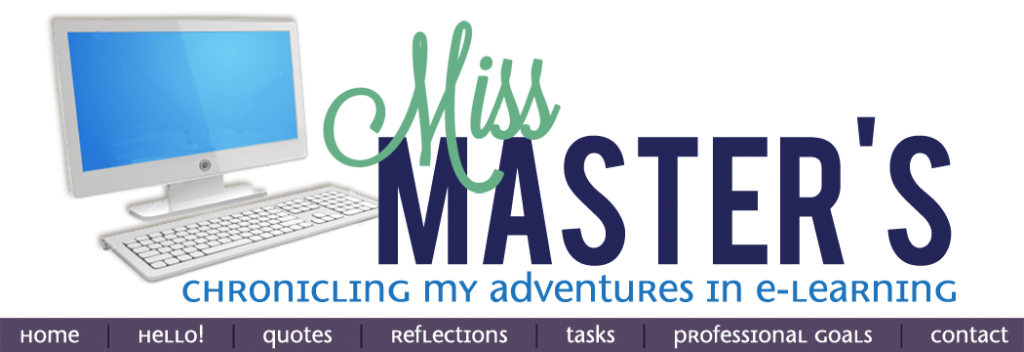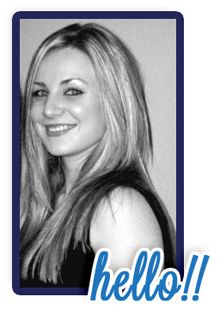I am
currently in the role of assistant coach for the girls’ basketball team at my
school. The other coach and I have very different ideas about coaching and our
styles do not jive. I am a very linear thinker and need to have things planned
out and organized in order to feel comfortable while the other coach is able to
do things with less structure and organization. As I mentioned previously in
this course, I am a person who does not like confrontation and as a result,
sometimes I shy away from voicing my opinion.
 In order to confront this situation in a way that would
remain positive and would achieve my overall goals I looked to both the 3 R’s
and the principles of nonviolent communication in order resolve this conflict. As
stated in Corso’s text, healthy relationships are created through respect and
open communication they “…do not come automatically but are instead built over
a period of time through respectful, reciprocal, and responsive interactions”
(Corso, 2007). I believe that for this very reason I should plan out what I
want to say so that it remains respectful and does not seem like a personal
attack. I also need to ensure that I after I present my opinion in a way that
is constructive, respectful and concise, that I ensure that I take the time to
listen to his ideas and opinions as well. This means really listening to his
ideas and not just formulating a rebuttal during our discussion. O' Hair, D.,
& Wiemann, M. (2012) explain these two forms of listening as “monopolistic
listening” under the category of selfish listening. I need to be sure that I am
prepared to listen to and consider my co-worker’s ideas and opinions in this
situation in order to solve this problem. The final strategy I learned about
from this week’s readings that I can put into place in this situation is to state
what I want in a way that is clear, rather than what I do not want (The Center
for Nonviolent Communication, n.d.). Finally, I believe that it is important to
give someone notice that I would like to speak to him one on one at his
convenience. That way he can choose a time and place that is convenient for him
and does not feel like his back is up against the wall.
In order to confront this situation in a way that would
remain positive and would achieve my overall goals I looked to both the 3 R’s
and the principles of nonviolent communication in order resolve this conflict. As
stated in Corso’s text, healthy relationships are created through respect and
open communication they “…do not come automatically but are instead built over
a period of time through respectful, reciprocal, and responsive interactions”
(Corso, 2007). I believe that for this very reason I should plan out what I
want to say so that it remains respectful and does not seem like a personal
attack. I also need to ensure that I after I present my opinion in a way that
is constructive, respectful and concise, that I ensure that I take the time to
listen to his ideas and opinions as well. This means really listening to his
ideas and not just formulating a rebuttal during our discussion. O' Hair, D.,
& Wiemann, M. (2012) explain these two forms of listening as “monopolistic
listening” under the category of selfish listening. I need to be sure that I am
prepared to listen to and consider my co-worker’s ideas and opinions in this
situation in order to solve this problem. The final strategy I learned about
from this week’s readings that I can put into place in this situation is to state
what I want in a way that is clear, rather than what I do not want (The Center
for Nonviolent Communication, n.d.). Finally, I believe that it is important to
give someone notice that I would like to speak to him one on one at his
convenience. That way he can choose a time and place that is convenient for him
and does not feel like his back is up against the wall.
References
Corso, R. M. (2007). Practices for enhancing children's
social-emotional development and preventing challenging behavior. Gifted Child
Today, 30(3), 51–56. Retrieved from http://ezp.waldenulibrary.org/login?url=http://proquest.umi.com.ezp.waldenulibrary.org/pqdweb?did=1303084331&sid=1&Fmt=4&clientId=70192&RQT=309&VName=PQD
O' Hair, D., & Wiemann, M. (2012). Real communication.
New York: Bedford/St. Martin's.
The Center for Nonviolent Communication. (n.d.). The center
for nonviolent communication. Retrieved from www.cnvc.org
 Week 8 is upon us and we are preparing to complete yet another course. I am so grateful for the learning and collaboration that has yet again taken place throughout the discussions and blog responses over the past eight weeks of this course. I have learned a lot about effective communication strategies and methods for successful collaboration that I will continue to use in both my professional and personal relationships. It is amazing to look back at where we began and how far we have come. Many of you have been in many of my courses and I am amazed at the learning that has taken place alongside all of you.
Week 8 is upon us and we are preparing to complete yet another course. I am so grateful for the learning and collaboration that has yet again taken place throughout the discussions and blog responses over the past eight weeks of this course. I have learned a lot about effective communication strategies and methods for successful collaboration that I will continue to use in both my professional and personal relationships. It is amazing to look back at where we began and how far we have come. Many of you have been in many of my courses and I am amazed at the learning that has taken place alongside all of you. 



.jpg)





